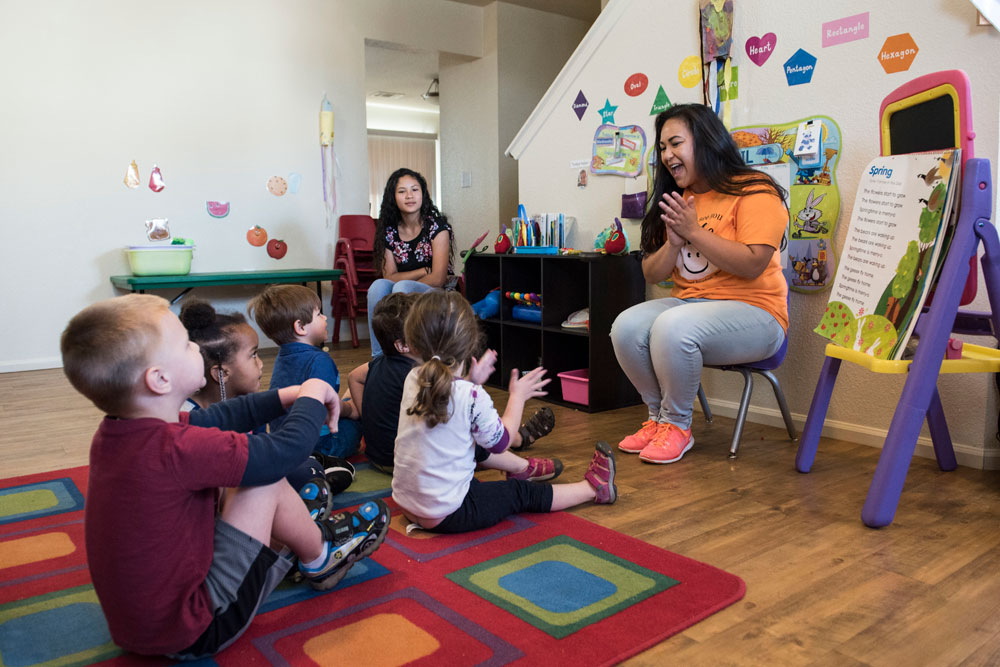
March 18, 2020; Boston Globe
Both government and philanthropy have to remain alert for nonprofits whose business models have been gored by the COVID-19 response. This is particularly true where the program is part of our safety net, or even the day-to-day infrastructure of a community. In these cases, government in particular must find ways to sustain organizations through this crisis so they can revive quickly when recovery begins. This, of course, also includes supporting workers who need to be paid even if they cannot show up.
Two fields where this issue is at play and where both states and the feds need to provide relief are child care and elder care—including senior centers which were closed early on in many states.
As an example of what is being done, in Massachusetts, Governor Charlie Baker ordered most childcare programs across the state closed by Monday, after 24,000 childcare workers signed a petition urging the closure. In a statement released last week, the Massachusetts Association for the Education of Young Children expressed shock and frustration that the issue had not already been addressed. (Even if they are seldom symptomatic, young children can act as carriers of the virus.)
Some centers will remain open, serving emergency workers and at-risk children, but Baker pledged that the state would continue to pay subsidies for those that have to close. “The providers impacted will continue to receive childcare subsidies in order to ensure they are able to reopen once the crisis is over,” Baker said.
Sign up for our free newsletters
Subscribe to NPQ's newsletters to have our top stories delivered directly to your inbox.
By signing up, you agree to our privacy policy and terms of use, and to receive messages from NPQ and our partners.
This, however, still leaves providers with big holes in their revenue streams if families paying full freight cannot continue to pay. Nationally, a coalition of child welfare advocates, including the Children’s Defense Fund, United Way Worldwide, MomsRising, Indivisible, the American Federation of State, County and Municipal Employees (AFSCME), and the National Association for the Education of Young Children, has been pressuring Congress for flexible emergency funding to help child care providers and the employees weather the storm.
“Child care is the backbone of our nation’s economy,” they write. “Without it, millions of parents cannot go to work or attend school, and the US economy suffers billions of dollars in losses.”
Child care programs in every state already operate on razor-thin margins and teeter on the edge of financial health. Issues that may appear temporary—for instance when children are absent and providers are not reimbursed, or when programs have to pay substitutes to cover for sick staff members—could cause widespread permanent closures and result in catastrophic impacts on children, families, businesses and our economy in the short and long term.
We would appreciate help from our readers to point us to other good examples of state action to ensure a continuation of necessary services. Please write to us at [email protected].—Ruth McCambridge













